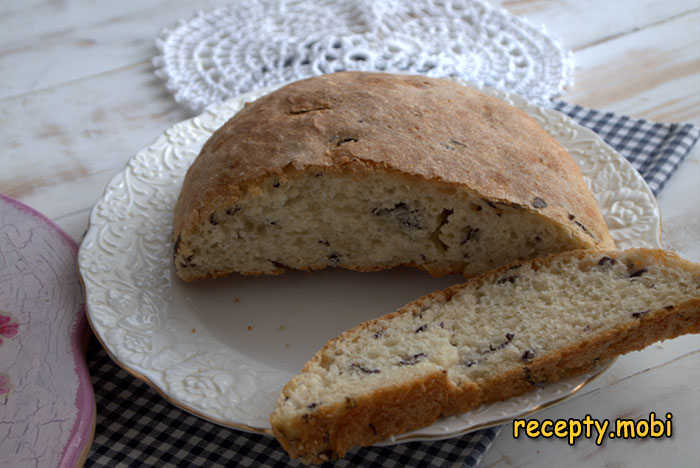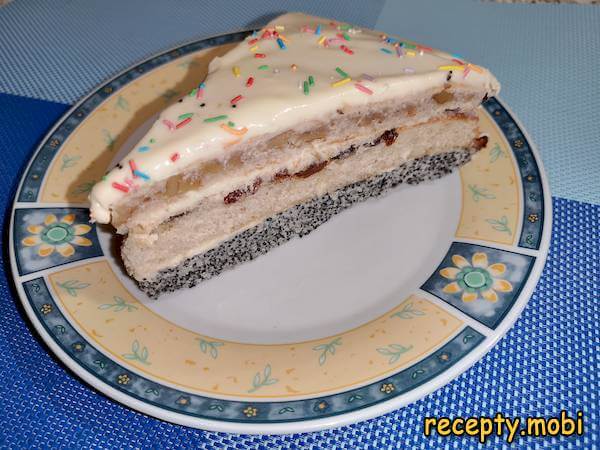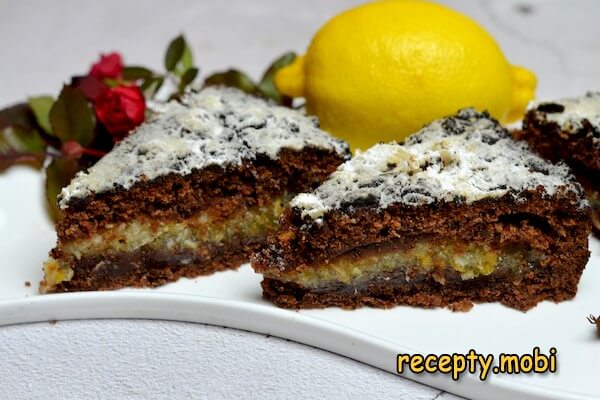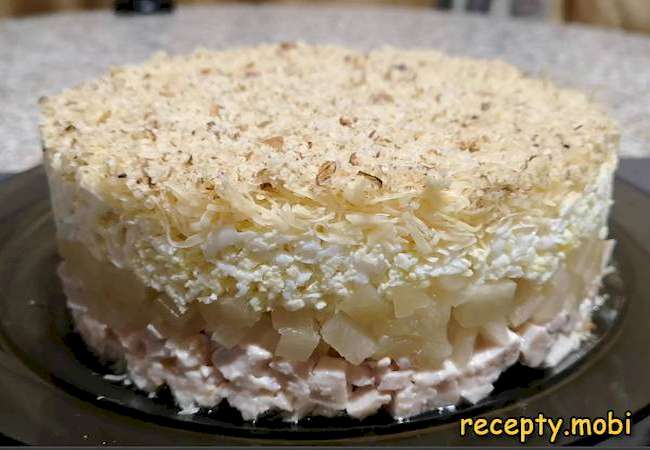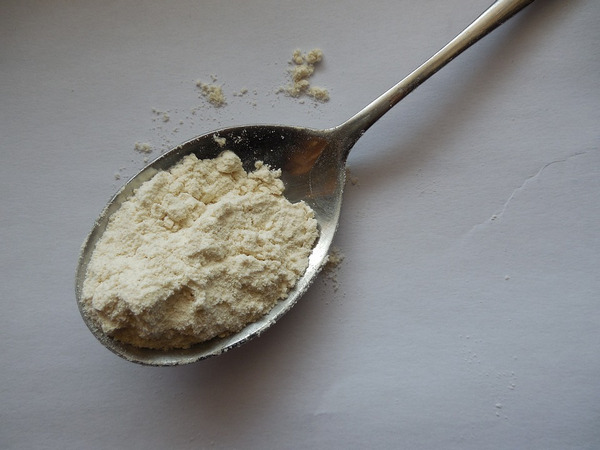
What can be used to replace baking powder
Fluffy and airy baked goods cannot be made without a leavening agent. It is used in bread and pastry products such as cakes, pastries, pies, and other baked goods. You can find various packets of ready-made baking powders in stores. Some people consider them harmful chemical additives. In reality, this product does not contain harmful substances. Every cook will find something in their kitchen to substitute for baking powder.
It is important to note that leaveners encompass a broader range of products, not just the familiar powder we all know.
What is baking powder and why is it needed
We have briefly mentioned why leavening agents are necessary. They help achieve a fluffy and airy sponge cake and give the baked product a light, porous structure. During the mixing of the dough, they initiate a chemical reaction that 'lightens' the dough and allows it to rise during baking. This results in a light and fluffy product. Well-leavened dough bakes evenly and is easier to digest.
Now let's talk about what baking powder is. Essentially, it is a substance or a mixture of components that, when combined, release bubbles of carbon dioxide. This enriches the dough, making it fluffier and more porous. Yeast, baking soda, and various alkaline-acid mixtures fall into this category. If the recipe specifies the correct amount, it does not impart any flavor to the food. Instead, it simply enhances the structure of the baked goods.
Composition of baking powder
Ready-made packaged baking powders are sold as a dry, finely ground mixture of acidity regulators (E450i), baking soda (E500ii), and flour or starch. This is the simplest combination of ingredients, which can be supplemented or replaced with alternatives. For instance, ammonium bicarbonate (E-503) can be used instead of baking soda.
The composition of the leavening agent must be well-balanced. Otherwise, it can impart an unpleasant taste of soda or acidity.
- Baking soda, or sodium bicarbonate, and ammonium carbonate form the foundation of the leavening agent. Manufacturers may use one of these additives or mix them together. When baking soda encounters an acidic and moist environment, it releases carbon dioxide. These bubbles then permeate the dough, creating a light and airy texture.
- The acidity regulator is sodium dihydrogen phosphate. This food additive creates the necessary acidic environment for the reaction with baking soda when moisture is added.
- Starch and flour extend the shelf life of the mixture. By absorbing moisture, they prevent premature reactions. It is preferable to use corn starch, as regular flour tends to clump together more easily.
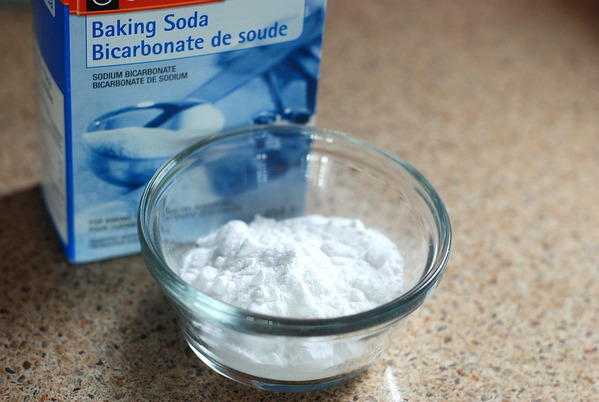
Types of Leavening Agents
Leavening agents can be biological or chemical.
Biological Leavening Agents
These include:
- Lactic acid bacteria that participate in the fermentation of carbohydrates help make the dough fluffy.
- Sourdough starter, which also contains lactic acid bacteria.
- Baker's yeast contains microorganisms from the Saccharomyces family. They require warm liquid to activate and sugar for nourishment. Once awakened, the yeast begins to work, producing gas that lifts the dough.
Chemical Leavening Agents
This method makes the dough light through chemical processes. Substances react chemically, releasing gas. This is how baking powder works. The baking soda or ammonium within it reacts with acid. A clear example of this process is when baking soda is neutralized with vinegar.
Substitutes for Baking Powder
You can replace store-bought baking powder with common kitchen ingredients. Start with baking soda and activate it with any food acid.
Another excellent substitute for baking powder is carbonated mineral water. It should be pure, free from dyes and flavorings. The carbonated water contains carbon dioxide, which gives the dough the necessary lightness. For an enhanced effect, add a pinch of salt and citric acid to the water. This option works beautifully for choux pastry, plain dough, and enriched dough.
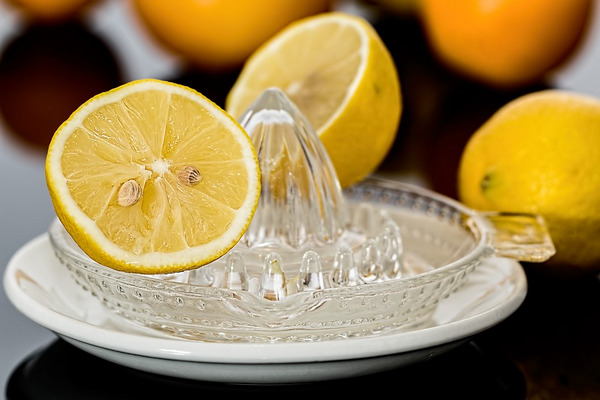
How to make baking powder at home
The simplest way to prepare baking powder at home is to mix 5 parts baking soda, 3 parts citric acid, and 12 parts flour or cornstarch in a dry bowl. In grams, this translates to 5 grams of baking soda, 3 grams of citric acid, and 12 grams of flour or 9 grams of cornstarch. If you prefer measuring with tablespoons, you can use 5 tablespoons of baking soda, 3 tablespoons of citric acid, and 12 tablespoons of flour or cornstarch.
If you prepare the baking powder in advance, make sure to store it in an absolutely dry container. Any moisture can trigger a reaction.
If you are preparing the mixture just before use, you can skip the flour and cornstarch. You can also substitute dry citric acid with other acidic products. For instance, for every teaspoon of baking soda, you can use 3 tablespoons of 9% vinegar, 0.5 tablespoons of 70% vinegar essence, or 7 tablespoons of 6% apple or grape vinegar.
You can replace one teaspoon of citric acid with two teaspoons of crushed cranberries or red currants.
If you prepare the baking powder with wet acid outside of the dough, its effectiveness will decrease. When baking soda comes into contact with a wet acidic environment, the reaction occurs immediately, and the gas produced escapes into the air. Therefore, mix the baking soda with the flour and add the acid to the liquid ingredients before mixing the dough.
Another method is to add ½ teaspoon of lemon juice to the liquid ingredients and mix ¼ teaspoon of baking soda with the dry ingredients.
When can baking powder be omitted
There is no need to use baking powder when you are whipping the batter. In this case, the recipe should include ingredients that can create and maintain a foamy structure, such as egg whites and butter. Whipping incorporates air into the batter, acting as a mechanical leavening method. The eggs and butter will create an emulsion that wraps around the air bubbles, keeping them in the batter.
This mechanical method is used when preparing meringue, sponge cake, and choux pastry.
Additional mixtures are also unnecessary if the recipe includes baking soda and any acidic products. They will act as leavening agents on their own, as their interaction releases carbon dioxide.

